The Black Magic of Shooting and Editing Horror with the Team Behind ‘Dark Noise’
Filmmaker tips and insights for using Blackmagic products, from the URSA Mini Pro G2 to Resolve Studio.
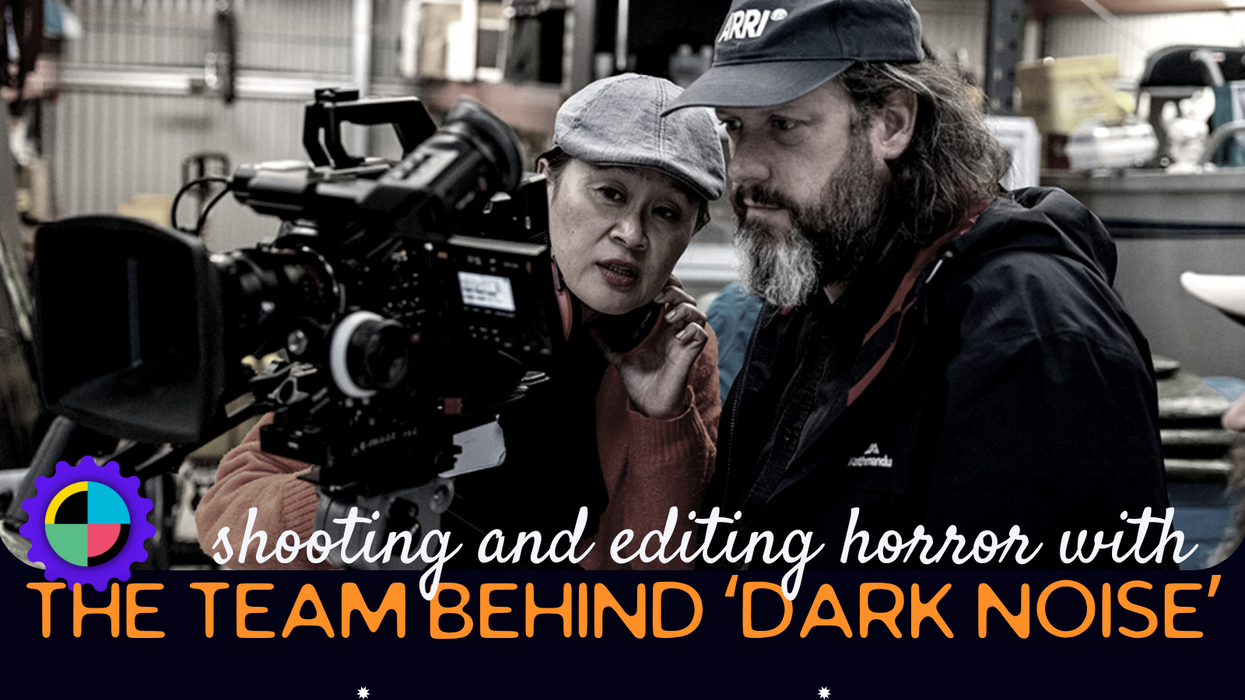
Suspenseful horror filmmaking—at its core—is more about what you don’t show than what you do. So much can be conveyed by the suggestions of what is happening just out of the frames of the camera. Filmmakers dating back to Alfred Hitchcock and before have known that for ages, yet even today it requires a creative eye and a storytelling prowess to truly terrify an audience with the unseen.
The filmmaking duo behind the recent thriller film Dark Noise, which consists of writer, director, and editor Clara Chong and cinematographer and colorist Ben Allan, know this perhaps better than anyone as their suspenseful thriller balances the sights, sounds, and looks of horror against a sharp narrative that shines most in what you hear—but don’t often see.
But how do modern filmmakers truly work with these horror and suspenseful filmmaking techniques? We chated with these filmmakers to learn about their process and how they utilized all of their Blackmagic know-how as they shot on Blackmagic Design cameras and worked off the full Resolve Studio suite for editing, color correction, and audio work.
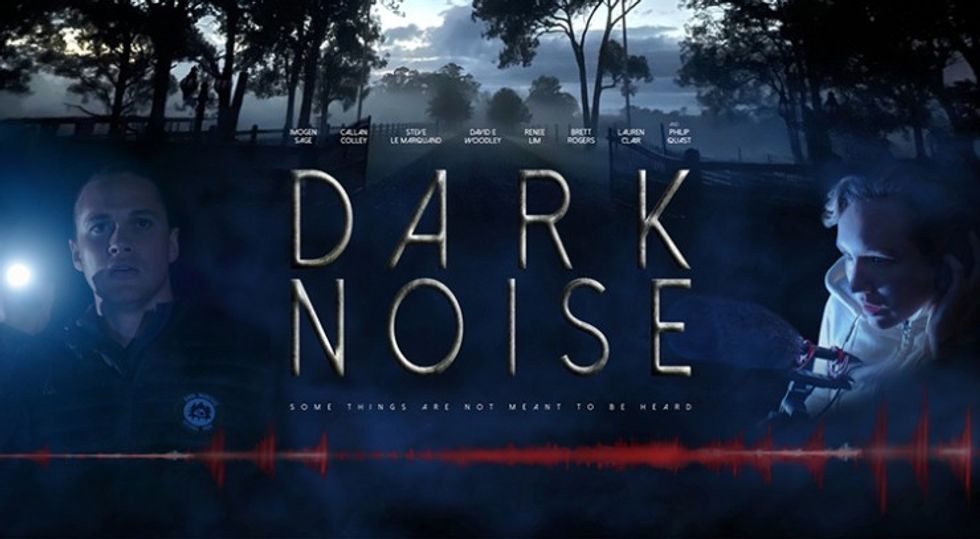
No Film School: What was the inspiration for Dark Noise? As a director and cinematographer duo, what was your cinematic ideation process like going into the project?
Clara Chong: We came up with the idea of Dark Noise quite organically. We were working on a project with Taronga Zoo where we discovered the research of frogs and how certain frogs were becoming extinct around the world—and particularly in Australia. We also did a showcase for the state government about the most beautiful places in the state, and then when Covid hit, we started talking with actors and looking into availability to work on this low-budget project we had been tinkering with from before the pandemic.
It was tricky because when Covid and the first lockdowns hit, you know everything shut down. The whole film industry around the world shut down. Yet, we looked at each other and thought that we could actually do this because this script was so much set in remote locations. It’s a story about a young woman alone in the forest listening for frogs when she hears something she shouldn't have. So that kind of made us realize, "Well, okay, what are the rules here?"
Ben Allan: Yeah. So we worked out a plan. It was before there were any industry guidelines, and had to work with the best information that was available at the time. But because we had this script that was small cast, isolated locations, we were actually able to just shift things a bit here and there and make it work. We started small with some very small scenes—a lot of one- or two-character sets. And then with the idea that as things ease up, we might be able to shoot in blocks.
NFS: At what point did you all begin to discuss which cameras you might want to use?
Allan: Oh, well right away I knew what I wanted because I love the URSA Mini Pro and the G2 in particular. It’s just a dream camera to use because it’s small enough and it’s lightweight and easy to maneuver. So if you're out on your own in the bush and scrambling up hillsides between trees and stuff, it’s small and light enough that you can still work on your own. But it’s also big enough that it balances nicely on the shoulder.
So it’s just that perfect point for balance and size. Also, the built-in ND filters combined with the RAW recording just made so much possible on this film. We did a little bit of day-for-night, we did a lot of shifting time-of-day shots by shifting color temperatures and ISO settings. Overall we worked really fast.
We also used the Pocket 6K on a gimbal which was great because we could use the same lenses for both cameras. Also, again with the Blackmagic RAW, we could get a really consistent look and consistent workflow with the different form factors, so it was a pretty easy decision overall.
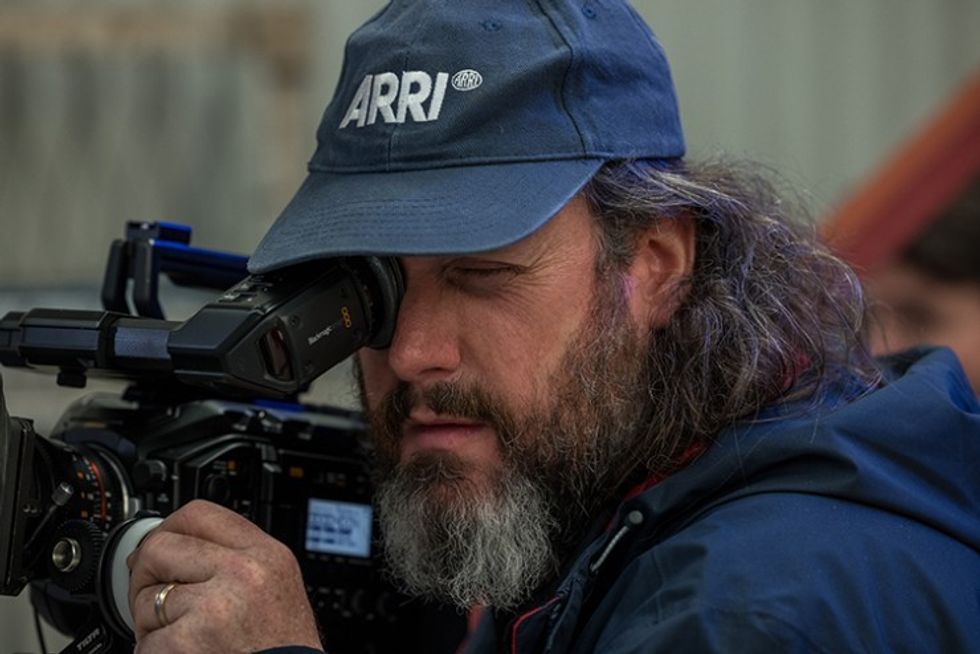
Allan: Yes, well, I started experimenting with desktop color grading very early on. Like we were doing national TV commercials and color grading on a cobbled-together desktop system in like 2003 or 2004. Which was, to be honest, a bit of an uphill battle at that point, but it worked well enough and most importantly gave us more time back.
Back then we had very limited hours in an old-school DaVinci suite, so we were able to spend more time finessing the color. The big tipping point for us though came when Blackmagic bought DaVinci and made Resolve so accessible and integrated with the Mac. From that point on the floodgates opened and we’ve been doing most of our own color grading ever since then.
Chong: Absolutely, also we did all of our post in Resolve because we had both picture and sound in the same workflow. Which is an extraordinary way to cut the film. To be able to keep fine-tuning both you usually have to lock your cut off before you switch between the two. For this, we were using the same machine so we were able to keep tweaking and adjusting for the full workflow.
Allan: Exactly, and we did the final conform, the color, and the sound mix in Fairlight, plus all of the mastering in Resolve as well. So everything from our media management to the DCP that goes to the cinemas was all in Resolve.
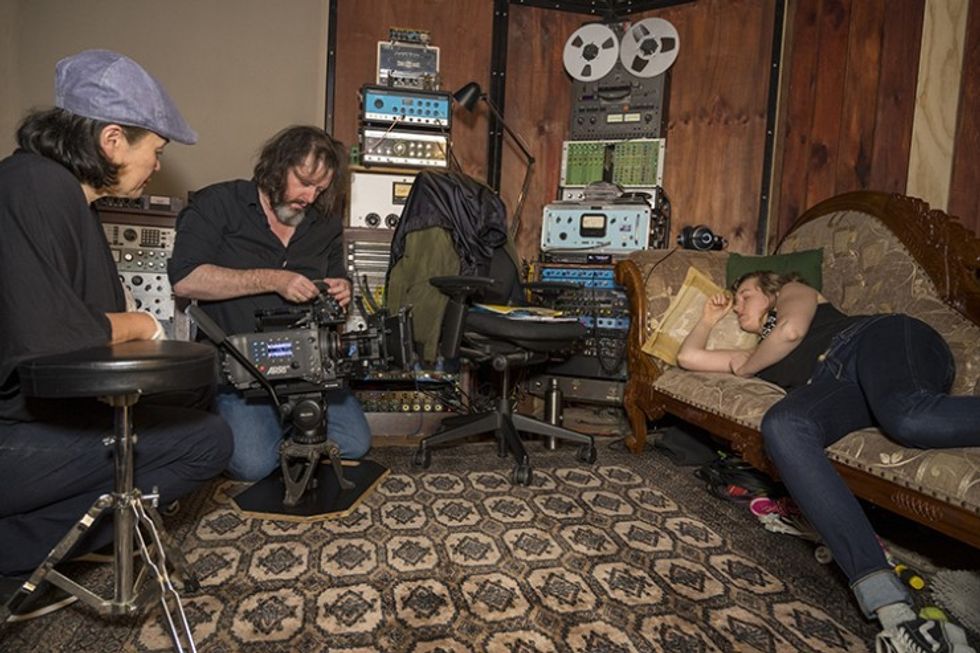
Chong: Well, we actually approach sound quite seriously and for this project, we really focused on creating what Ben calls “sonic noir,” which helps drive this suspenseful thriller which is very much based on audio clues. Our protagonist is following the audio clues that are left behind all throughout the film. So it was a challenge to find the right balance for what audio sounds our protagonist might recognize as well as how much we wanted the audience to understand and follow along as well.
Allan: There's really a number of key plot points that rely on sound and specific audio cues.
Chong: Even going back to the script writing process, we were already working on the sound design and trying to create the style and tone of the film. I’ve been layering all of my sound design from the beginning, and working with a composer well before the actual shooting even started to get a temp score started.
Allan: It truly was an amazing process. The one thing about working with Fairlight is that it really enabled us to have a lot of freedom with how we built up the soundscape and how we experimented with things. One of the key plot points that happens in the film was when a character put her headphones on and listened to some specific sounds. And, conceptually, it raised some challenges for us to creatively figure out what that should sound like to the audience. Because we want them to get some of the same clues she’s hearing, but we don’t want that to feel outside of the soundscape.
With the Fairlight system, we were able to experiment with this specific sound over several months, adding elements and taking things away until we got that final mix just right.
NFS: Speaking about building suspense and tension, what are your feelings about the current state of horror filmmaking? How do you bring the terror of the unknown into your projects?
Chong: Well, to me, I think the most scary images that you can come with are the ones which you conjure up with your own mind. Which is why we use sound and other elements to heighten the feel of terror and suspense in our films.
Allan: Part of the idea behind the premise of the film was that things that happen off-camera and that you can hear are much scarier than anything we could show. And it’s funny, even when we got the ratings back for our film from the ratings board we read all these explanations about certain scenes and we were giggling because they don't actually show you any of that stuff—but it felt real even to that rating board audience.
So part of the idea behind the premise of the film was things that happen off-camera that you hear and don't see are often scarier than anything you can show. And it was funny when we got the rating back for the film from the ratings board and we read all the explanations of why it got the rating that it did. And we were just giggling with laughter because most of it happens off-screen, but the censorship board looked at it and went, "Oh, all this stuff's in there." They felt it. So.
Chong: (Laughing) But it's not even on screen, it's off-screen.
Allan: I mean a lot of it was just suggested, but it’s so powerfully suggested that they felt like they’d really seen it—which is pretty cool.
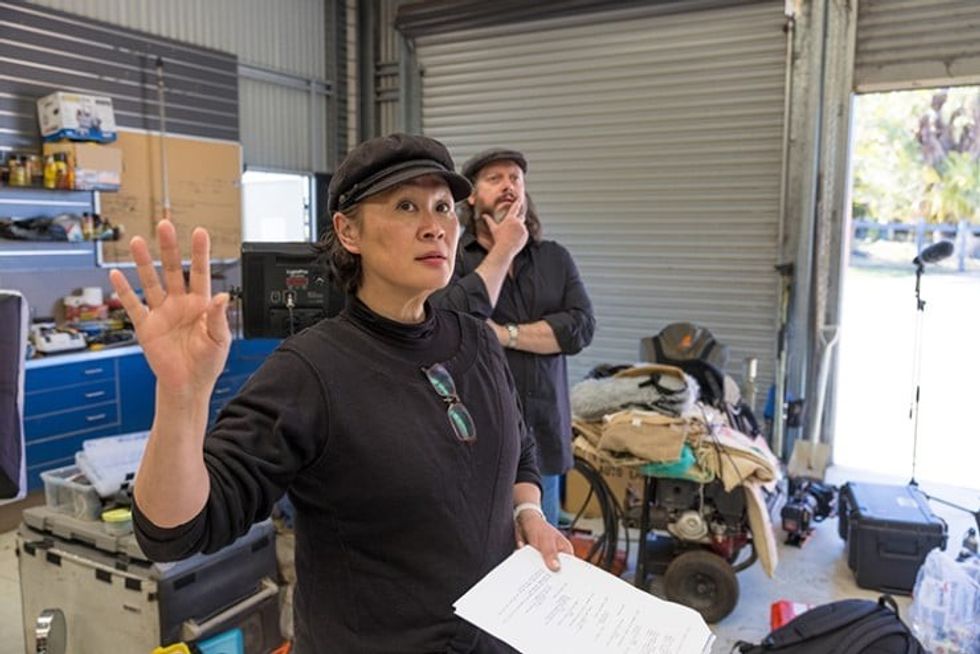
Allan: First thing I would say is get to know the tools. They're so accessible now, and all you gotta do is put the time in and what that enables you to do is then take advantage of what they're capable of. And that opens up all these creative possibilities. And I think people are often afraid that the technology's gonna get in the way of creativity, but when you've got such powerful technology and you're in control of it, it's just total creative freedom. And that's a wonderful thing to experience.
Chong: And I guess going on from that as well is that once you understand the tools, study the genre. If it’s horror that you know you want to do, study the genre, but don’t copy it directly because you need to bring your own creativity to it. Study to understand what the elements are, and then try to find your own way to create those same feelings of horror and suspense. Just bring your own originality to it. If you can do that you’ll find the best way to showcase what you can do.












